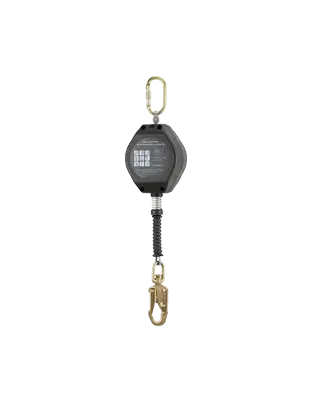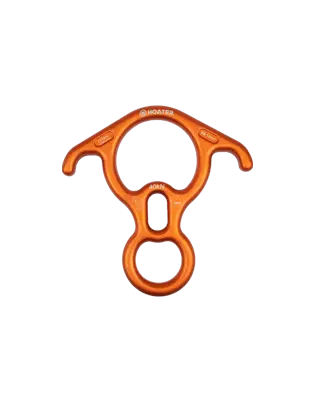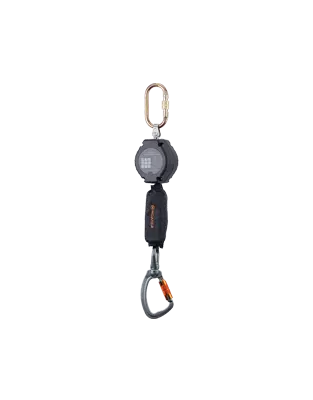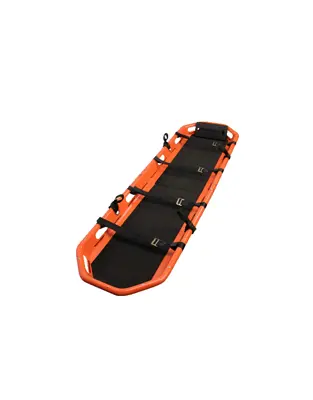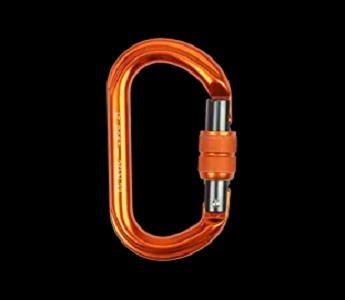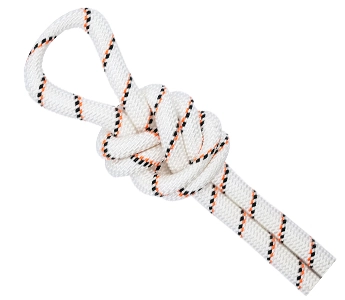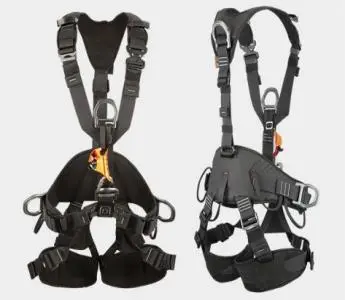The tripod for rope rescue plays a crucial role in complex rescue missions, especially in high-altitude, deep pit, or narrow space environments, providing rescuers with a safe support point. During actual use, to ensure the efficiency and safety of the rope rescue tripod, inspections and operations must be conducted according to regulations. This article will focus on how to properly use and maintain the rope rescue tripod to ensure the smooth progress of the rescue mission.
Preparations Before Use
Before using the rope rescue tripod, it is essential to check its relevant information labels. Ensure the rope rescue tripod operates within the parameter ranges of maximum load, working height, and span. Maintenance records are an important aspect of the inspection, confirming that the rope rescue tripod can be used normally and avoiding accidents caused by improper use or equipment damage.
Check Connecting Parts and Bracket Fixation
Before use, a detailed inspection of each connecting part of the tripod's support frame is required. Check whether the support legs are securely fixed and ensure that the connecting parts of the bracket are neither loose nor damaged. Also, check the condition of the quick-release pins to ensure they operate normally and are properly installed. Finally, inspect the winch functionality on the rope rescue tripod to ensure all equipment is in good condition.
Adjust Settings According to the Environment During Use
The height and span of the rope rescue tripod need to be adjusted according to the actual conditions on-site. When setting up, consider the ground conditions and the position of the support points to ensure the stability of the rope rescue tripod. The base feet of the tripod need to be fixed, and if necessary, ropes, webbing, pulley systems, or high-strength auxiliary ropes can be used to secure and tighten the base feet, ensuring the tripod remains stable and does not shift, thus preventing accidents.
Continuous Inspection and Maintenance of Usage Status
During the use of the rope rescue tripod, rescuers need to regularly check the working condition of the equipment. It is especially important to ensure normal connections with other equipment within the system. If any abnormalities are found, usage should be stopped immediately for inspection and repair. Particularly when used in complex environments, ensure the support adjustment is in place, keeping the focus always in the center. Regularly check whether the pins are safely installed and whether there are any exposed parts exceeding 1cm.
Prevent Wear and Chemical Damage
During use, the rope rescue tripod may come into contact with chemicals or suffer wear, which could lead to structural problems. Therefore, after each use, carefully inspect all connecting parts, support legs, and brackets for any damage or wear caused by friction or chemical contact. Any damage or anomalies should be repaired promptly to avoid compromising the safety of the equipment.
Correctly using the rope rescue tripod is vital to ensuring the safety and efficiency of rescue operations. By conducting comprehensive inspections, reasonable settings, and maintenance of the equipment, accidents caused by equipment failure or improper use can be effectively avoided. Choosing a rope rescue tripod that has undergone strict quality certification can further enhance safety and ensure the successful completion of rescue missions.

 EN
EN
 fr
fr 


















